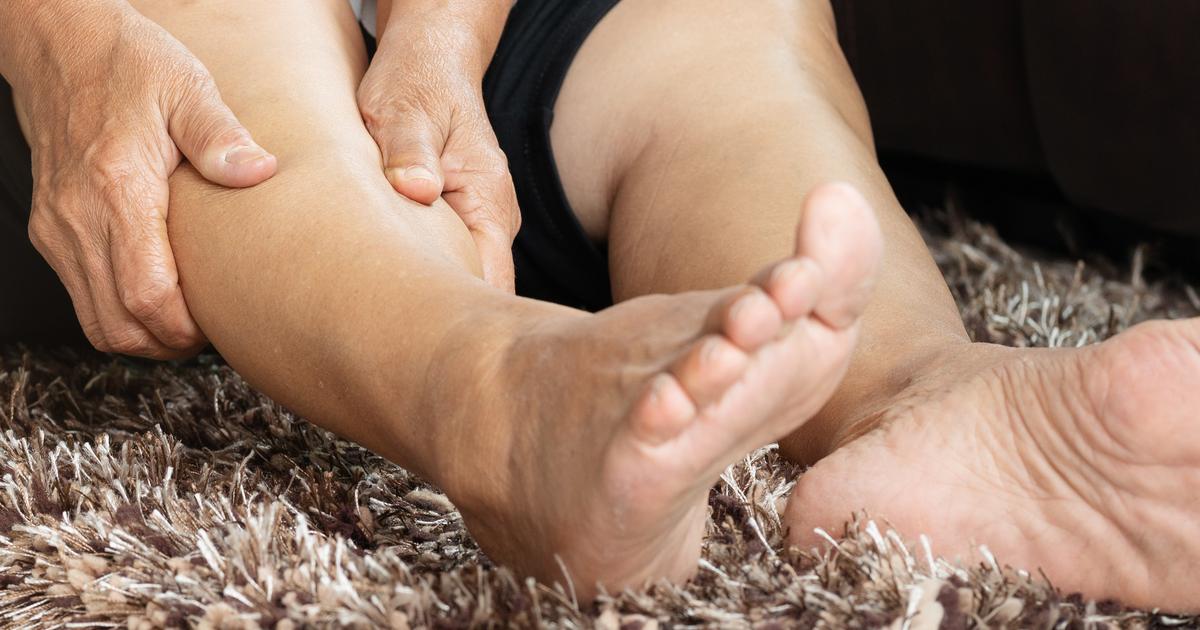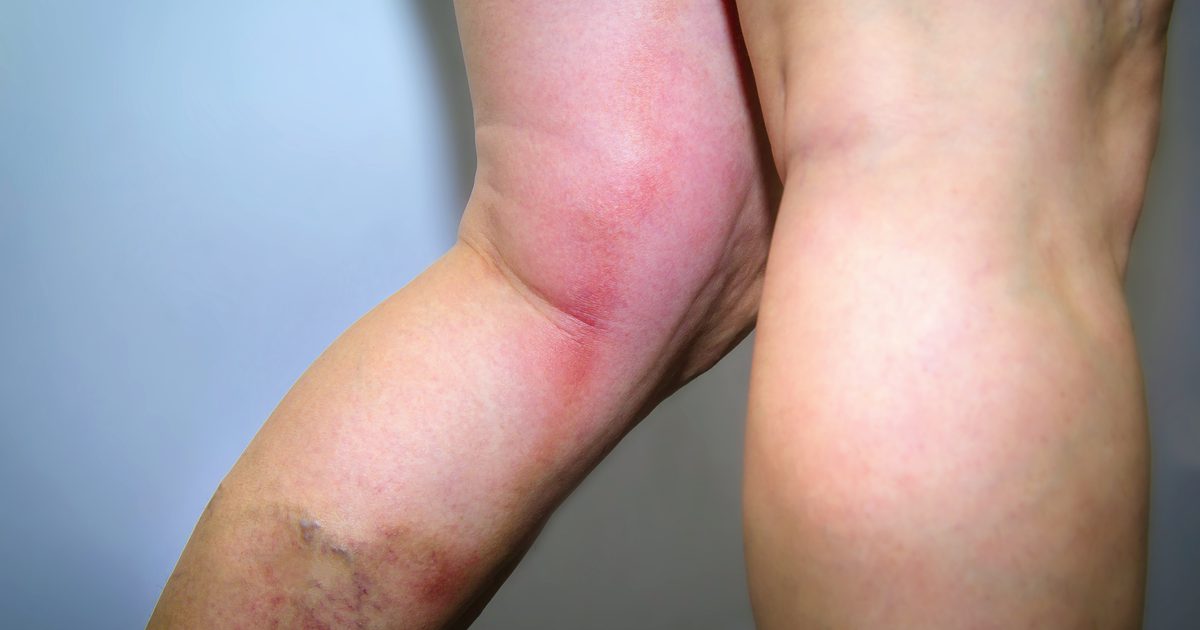Guide To The Common Causes Of Varicose Eczema
Varicose eczema is a chronic skin condition affecting the lower legs. As it often occurs alongside varicose veins, the complications from it are also often similar to those that occur with varicose veins. While the problems tend to continue for a long-term period and lack a cure, patients can manage symptoms through an effective treatment plan. Symptoms include the itchiness, redness, swelling, and dryness found in eczema. It's also common for the legs to become swollen, particularly after a lot of time standing. Other symptoms include pain, other types of eczema, and brown skin discoloration.
Several conditions can cause or worsen varicose eczema, and understanding the underlying cause is important to treatment.
Deep Vein Thrombosis
Deep vein thrombosis (DVT), which refers to a blood clot formed inside a vein deep within the body, can often occur alongside varicose veins and varicose eczema. Though deep vein clots can occur in many different parts of the body, they're most likely to occur in the thigh or lower leg. When the vein surrounding the clot swells, doctors refer to the condition as thrombophlebitis. Deep vein thrombosis can be dangerous if it breaks loose, as it can then travel to the lung and cause a potentially life-threatening pulmonary embolism. If individuals sit still for long periods, they're more likely to develop deep vein thrombosis. Certain disorders and medications that increase the risk of blood clots have the potential to cause deep vein thrombosis. Some of the most common symptoms are tenderness and a feeling of warmth above the vein, swelling or pain in the affected portion of the body, and redness of the skin. This condition is treated with medication to break up the clots.
Uncover another potential cause of varicose eczema now.
Venous Insufficiency

Venous insufficiency occurs when the valves or venous walls in the leg veins don't work as effectively as they should. When this issue continues over some time, doctors call it chronic venous insufficiency (CVI). Since the circulatory system in the legs is not allowing blood to flow efficiency, it's hard for blood to move back to the heart after it reaches the legs. Gravity pulls it down, and the valves in the veins don't effectively push it back up. An individual with CVI experiences pooling of blood in the legs, which is referred to as stasis. The circulatory system in the legs has one-way valves to push blood from the bottom of the legs back up to the heart. But with chronic venous insufficiency, these valves are too damaged to push the blood up. The damage might be caused by a variety of issues including extended sitting, aging, and reduction in mobility. The additional blood in the leg causes the blood to have a much higher blood pressure than is safe or healthy for long periods, which is part of what causes varicose eczema.
Continue reading to reveal more common causes of varicose eczema now.
